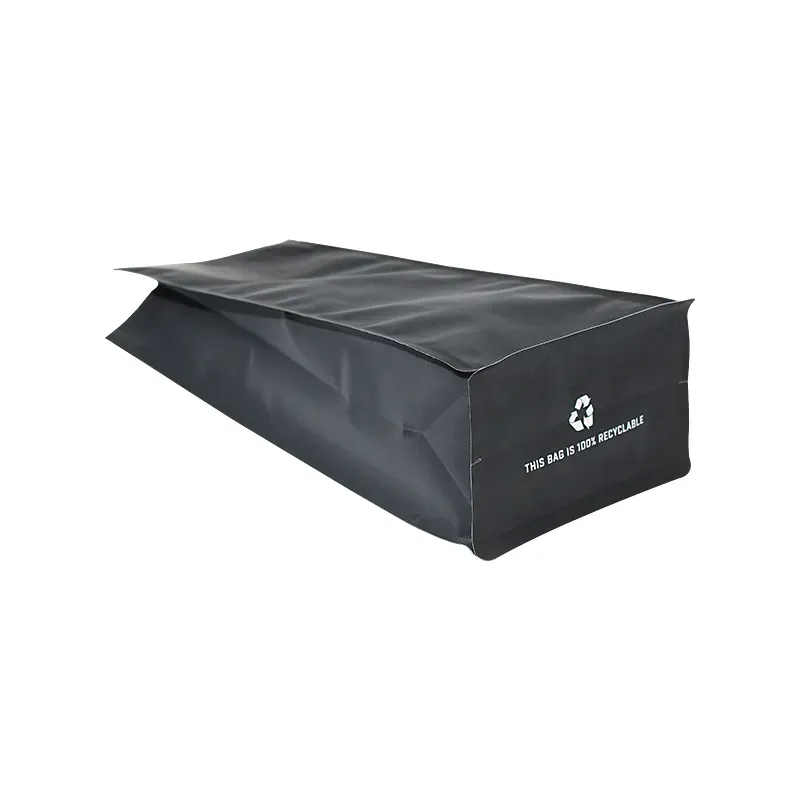- Afrikaans
- Albanian
- Amharic
- Arabic
- Armenian
- Azerbaijani
- Basque
- Belarusian
- Bengali
- Bosnian
- Bulgarian
- Catalan
- Cebuano
- chinese_simplified
- chinese_traditional
- Corsican
- Croatian
- Czech
- Danish
- Dutch
- English
- Esperanto
- Estonian
- Finnish
- French
- Frisian
- Galician
- Georgian
- German
- Greek
- Gujarati
- haitian_creole
- hausa
- hawaiian
- Hebrew
- Hindi
- Miao
- Hungarian
- Icelandic
- igbo
- Indonesian
- irish
- Italian
- Japanese
- Javanese
- Kannada
- kazakh
- Khmer
- Rwandese
- Korean
- Kurdish
- Kyrgyz
- Lao
- Latin
- Latvian
- Lithuanian
- Luxembourgish
- Macedonian
- Malgashi
- Malay
- Malayalam
- Maltese
- Maori
- Marathi
- Mongolian
- Myanmar
- Nepali
- Norwegian
- Norwegian
- Occitan
- Pashto
- Persian
- Polish
- Portuguese
- Punjabi
- Romanian
- Russian
- Samoan
- scottish-gaelic
- Serbian
- Sesotho
- Shona
- Sindhi
- Sinhala
- Slovak
- Slovenian
- Somali
- Spanish
- Sundanese
- Swahili
- Swedish
- Tagalog
- Tajik
- Tamil
- Tatar
- Telugu
- Thai
- Turkish
- Turkmen
- Ukrainian
- Urdu
- Uighur
- Uzbek
- Vietnamese
- Welsh
- Bantu
- Yiddish
- Yoruba
- Zulu
types of plastic bags
Types of Plastic Bags
Plastic bags have become an ubiquitous part of modern life, finding utility in various sectors such as retail, food service, and packaging. However, not all plastic bags are created equal. They come in different types, each designed for specific purposes based on their material, thickness, and functionality. Understanding the various types of plastic bags can help consumers make informed choices for both practicality and environmental responsibility.
1. High-Density Polyethylene (HDPE) Bags
High-density polyethylene bags are among the most commonly used types of plastic bags. Recognizable by their thinner design and lower cost, HDPE bags are often used in grocery stores and retail settings. They are not only lightweight but also durable, making them suitable for carrying moderate amounts of weight. HDPE bags are generally recyclable, which is a significant advantage in today's eco-conscious world. They are easily identified by the recycling symbol with the number “2”.
2. Low-Density Polyethylene (LDPE) Bags
Unlike their high-density counterparts, low-density polyethylene bags are thicker and more flexible. This type of bag is commonly used for product packaging, including bread bags and food wrap. LDPE bags excel at maintaining the freshness of items, making them ideal for food storage. They also have a glossy finish, adding an aesthetic appeal. While LDPE bags are not typically accepted in curbside recycling programs, some recycling centers do accept them, which can help reduce landfill waste.
3. Biodegradable Bags
With growing environmental concerns, biodegradable bags have emerged as an eco-friendlier option. These bags are made from materials that break down more quickly than traditional plastic. Many biodegradable bags are made from plant-based substances such as cornstarch or are enhanced with additives that promote degradation. While they do offer a sustainable alternative, the conditions required for their breakdown can vary greatly, sometimes requiring industrial composting facilities. As consumers become more environmentally conscious, the demand for biodegradable bags is steadily increasing.
types of plastic bags

4. Compostable Bags
Compostable bags are similar to biodegradable bags, but they are designed to break down into natural, non-toxic components when placed in a composting environment. They are made from natural materials, and certified compostable bags can help reduce the burden of plastic waste on landfills. It is essential to look for certifications from organizations that confirm the bag's compostability. This type of bag is ideal for organic waste collection and aligns with a zero-waste philosophy.
5. Recyclable Plastic Bags
Some plastic bags are designed from materials that can be recycled into new products. These bags often feature informative labels highlighting their recyclable nature. In many regions, stores have introduced dedicated bins to collect recyclable plastic bags, ensuring they do not end up in landfills. The recycling process transforms these bags into new materials, reducing the demand for virgin resources.
6. Heavy-Duty Bags
Heavy-duty plastic bags, often made from thicker materials like polypropylene, are used in scenarios that require more strength and durability, such as construction sites or industrial applications. These bags are designed to withstand heavy loads without tearing or puncturing, making them suitable for transporting bulky materials. Heavy-duty bags often feature reinforced handles for added strength and convenience.
Conclusion
As the world becomes increasingly aware of the environmental impact of plastic, understanding the different types of plastic bags can guide consumers toward more responsible choices. From biodegradable and compostable options to traditional HDPE and LDPE bags, each type serves a purpose in our daily lives. By making informed decisions, consumers can contribute to reducing plastic waste and promoting sustainability in packaging.













